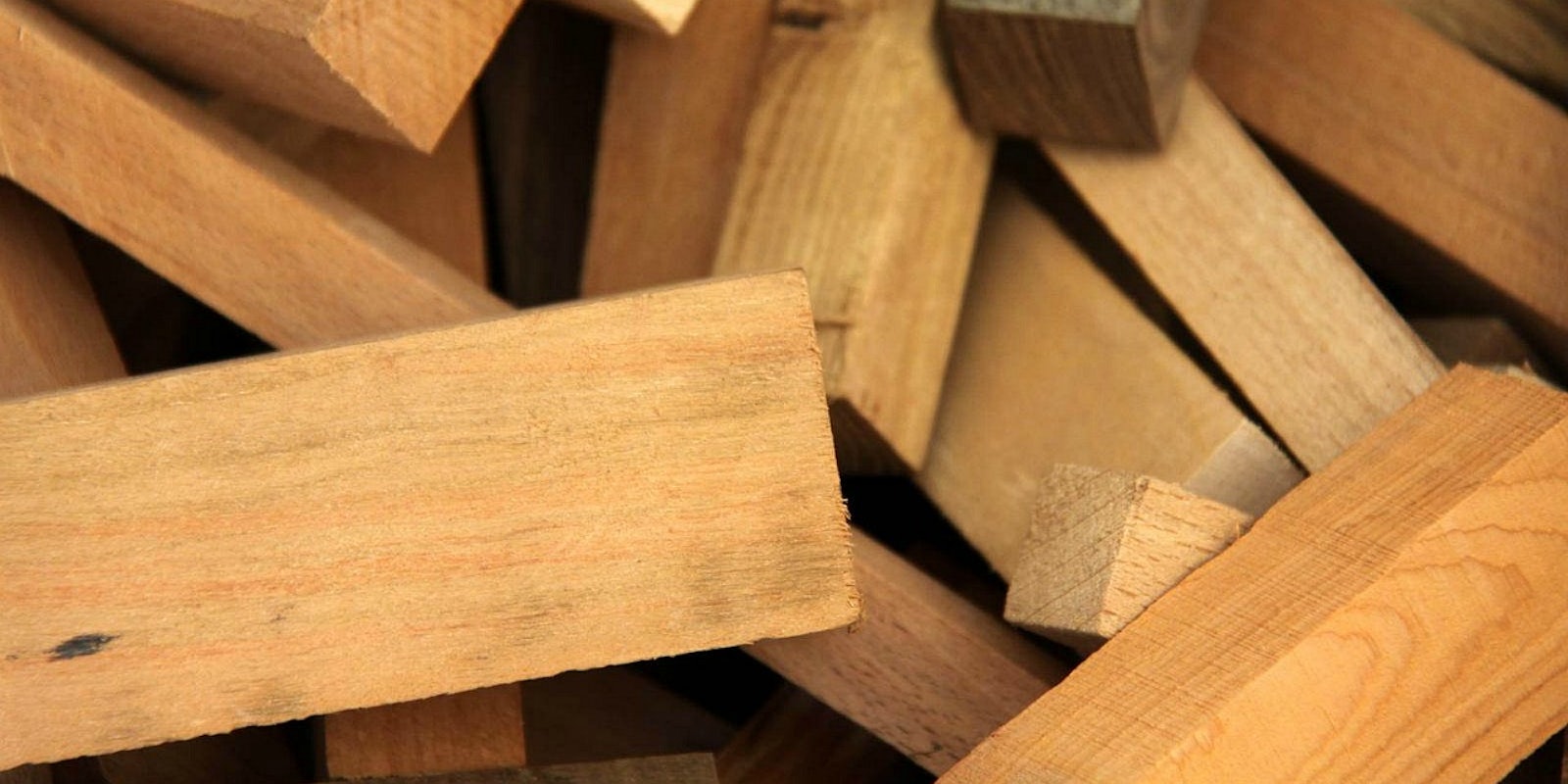Aside from the extra caloric implications, here’s another reason why you might want to think about halting the habit of sprinkling Parmesan cheese on your pizza and pasta. The reason: You might not be helping yourself to a little extra dairye. You might instead be putting a little extra fiber into your diet in the form of wood pulp.
As reported by Bloomberg Business, the U.S. Food and Drug Administration paid a surprise visit to Castle Cheese Inc. in 2012 and discovered that the Parmesan and Romano cheeses it was sending to grocery chains also contained fillers such as cellulose, which is made from wood pulp, and cheddar and Swiss cheeses instead of what was labeled.
As such, company president Michelle Myrter is supposed to plead guilty this month to a misdemeanor charge of aiding the introduction of misbranded and adulterated food into interstate commerce.
The company allegedly had labeled the cheeses as 100 percent Parmesan and 100 percent Romano when they were not.
As Bloomberg wrote:
How serious is the problem? Bloomberg News had store-bought grated cheese tested for wood-pulp content by an independent laboratory.
Cellulose is a safe additive, and an acceptable level is 2 percent to 4 percent, according to Dean Sommer, a cheese technologist at the Center for Dairy Research in Madison, Wisconsin. Essential Everyday 100% Grated Parmesan Cheese, from Jewel-Osco, was 8.8 percent cellulose, while Wal-Mart Stores Inc.’s Great Value 100% Grated Parmesan Cheese registered 7.8 percent, according to test results. Whole Foods 365 brand didn’t list cellulose as an ingredient on the label, but still tested at 0.3 percent. Kraft had 3.8 percent. …
But if it makes you feel any better, buying Parmesan cheese from Castle Cheese, Inc., isn’t the only way to get a dose of wood pulp in your diet.
As NPR wrote in 2014, using cellulose is common because it helps keep the cheese from clumping together, and though wood pulp is only one source of cellulose, food scientist John Coupland said that extracting the cellulose from a food like asparagus or onions would simply be a waste of vegetables.
Also, if you’re eating McDonald’s on a regular basis—like this McRib-loving dude or this Miss Earth New Zealand 2013—you’ve probably ingested your fair share of wood pulp.
And though using filler in Parmesan is illegal and not very nice to boot when the package is labeled as 100 percent pure, the karmic implications are also something to be concerned about. That’s because in 2014, Castle Cheese Inc., filed for bankruptcy.
H/T Time | Photo via Dave Catchpole/Flickr (CC BY 2.0)


